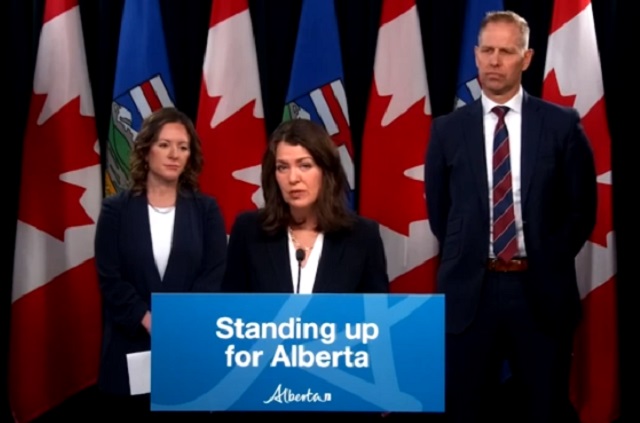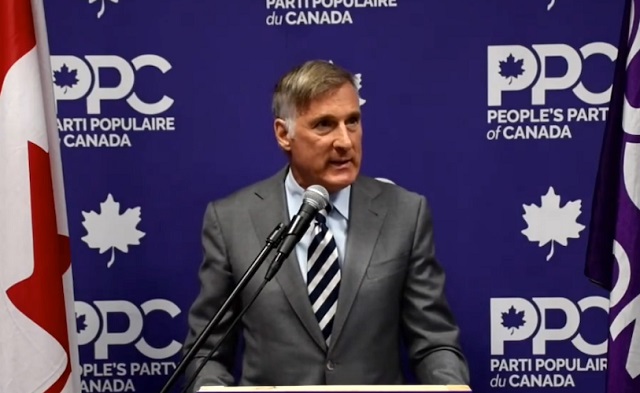Alberta
Watch announcement: School is suspended indefinitely in Alberta. Half Billion Dollars committed to response

Covid-19 Update March 15 from the Province of Alberta
$500 million committed to COVID-19 response
Aggressive additional public health measures are being implemented provincewide to limit the spread of COVID-19 and protect Albertans, after new cases appear to be spreading into community settings.
Latest updates
- Effective immediately, student attendance at schools is prohibited.
- Post-secondary classes are cancelled. Campuses will remain open.
- All licensed child care facilities, out-of-school care programs and preschool programs are closed indefinitely.
- All long-term care and other continuing care facilities are advised to limit visitation to essential visitors only.
- Places of worship are no longer exempt from restrictions on mass gatherings.
- 17 additional cases of COVID-19 have been confirmed in Alberta, bringing the total number of cases in the province to 56. Three of the new cases are in the Edmonton zone and 14 are in the Calgary zone.
- At least two cases identified in the last two days appear to have been acquired through community transmission from an unknown source, and seven cases occurred as a result of a single gathering in the Calgary zone.
“The new cases that have emerged today, particularly those demonstrating transmission into communities and school settings, means we need to put in place additional restrictions for schools, day cares, continuing care facilities, and worship gatherings. These decisions are not made lightly, and I know they will have a tremendous impact on Albertans’ day-to-day lives, particularly parents, children, and seniors. But it is crucial we do everything possible to contain and limit the spread of COVID-19.”
Dr. Deena Hinshaw, Chief Medical Officer of Health
K-12 schools and post-secondary institutions
Effective immediately, students will no longer be attending classes in K-12 schools and post-secondary institutions until further notice. Post-secondary campuses will still remain open, but classes are cancelled. School authorities are expected to continue their regular day-to-day operations and ensure the safety of school facilities. Maintenance, capital projects, cleaning of facilities and administrative work will continue.
Every K-12 student will receive a final mark and students will progress to their next grade level next year. Provincial assessments, such as provincial achievement tests, will be cancelled. At this time, diploma exams essential for post-secondary acceptance will continue. Every student who is eligible to graduate from Grade 12 this year will graduate.
The Alberta government will also be working with post-secondary institutions to ensure that these extraordinary circumstances do not prevent students from being eligible for admission to post-secondary studies for the coming school year.
Teachers and other school staff will still be expected to work, either from home or at their workplace, to ensure these expectations are met. Decisions on how to do this are still to be made, and it may vary depending on the school jurisdiction.
Child care
All licensed child care, out-of-school care programs and preschool programs in Alberta are closed at this time, as well. Approved day homes are exempt because they care for fewer than seven children at a time. These programs are encouraged to use enhanced sanitation practices.
Mass gatherings
Places of worship are no longer exempt from the recommended restrictions on mass gatherings. Public health officials continue to recommend that all mass gatherings of 250 people or more are cancelled, and this now includes worship gatherings.
Any event that has more than 50 attendees and expects to have international participants, or involves critical infrastructure staff, seniors, or other high-risk populations, should also be cancelled.
Events that do not meet these criteria can proceed at this time, but risk mitigation must be in place, such as enforcing distancing of one to two metres between attendees and using sanitizer stations.
Visitation limits to continuing care and long-term care facilities
Only essential visits to any continuing care or long-term care facility in Alberta are recommended:
- Individuals over 60 years of age and those with pre-existing health conditions are most at risk of severe symptoms from COVID-19.
- Families and friends of those in these facilities are asked to think of other ways besides visiting that they can support and encourage their loved ones through this difficult time.
Recommended travel advice
Travel outside of the country is not being recommended at this time. Given the rapid global spread of the virus, it is no longer possible to assess health risks for the duration of the trip.
Any traveller returning from outside of the country should self-isolate for 14 days, even if they are feeling well, and monitor for symptoms.
Any traveller who has returned before March 12 should closely monitor themselves for symptoms. If they experience symptoms, they should self-isolate immediately and call Health Link 811 for follow-up assessment and testing.
Quick facts
- The most important measures that Albertans can take to prevent respiratory illnesses, including COVID-19, is to practise good hygiene.
- This includes cleaning your hands regularly for at least 20 seconds, avoiding touching your face, coughing or sneezing into your elbow or sleeve, disposing of tissues appropriately, and staying home and away from others if you are sick.
- Anyone who has health concerns or is experiencing symptoms of COVID-19 should complete an online COVID-19 self-assessment.
- For recommendations on protecting yourself and your community, visit alberta.ca/COVID19.
An additional $500 million will give Alberta’s public health officials the resources they need to respond to the COVID-19 pandemic and keep Albertans safe.
The new funding will ensure front-line health professionals have the tools they need for testing, surveillance, and treatment of patients as the province works to prevent the spread of COVID-19.
“This is truly an unprecedented public health emergency for Alberta, and our government is committed to bolstering the efforts of our front-line health professionals with the resources they need to continue protecting the province. Alberta’s public health workers are doing an outstanding job, and we are here to support them with whatever they need.”
Jason Kenney, Premier
“We know Alberta’s health system is undertaking massive efforts to respond to this pandemic, and this additional funding from our government will support this work. I’ve been assured by Alberta Health Services that they will move quickly to put this money to good use in the fight against COVID-19, ensuring the front lines are well equipped with staffing, resources, and supplies—and that Albertans are protected.”
Tyler Shandro, Minister of Health
Quick facts
- The most important measures that Albertans can take to prevent respiratory illnesses, including COVID-19, is to practise good hygiene.
- This includes cleaning your hands regularly for at least 20 seconds, avoiding touching your face, coughing or sneezing into your elbow or sleeve, disposing of tissues appropriately, and staying home and away from others if you are sick.
- Anyone who has health concerns or is experiencing symptoms of COVID-19 should contact Health Link 811 to see if follow up testing is required.
- For recommendations on protecting yourself and your community, visit alberta.ca/COVID19.
Alberta
Former senior financial advisor charged with embezzling millions from Red Deer area residents
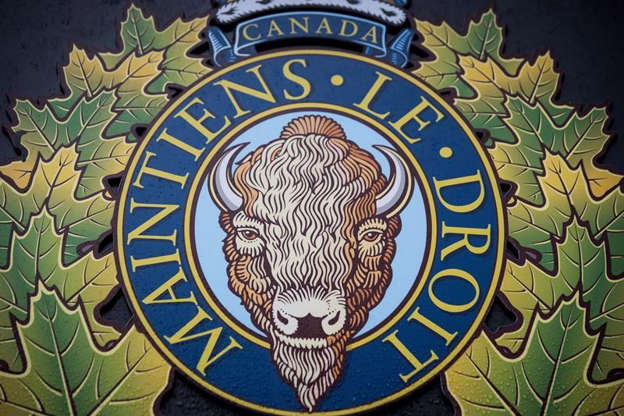
News release from Alberta RCMP
Former senior financial advisor charged for misappropriating nearly $5 million from clients
On April 4, 2024, the RCMP’s Provincial Financial Crime Team charged a Calgary resident for fraud-related offences after embezzling millions of dollars from his clients while serving as a senior financial advisor.
Following a thorough investigation, the accused is alleged to have fraudulently withdrawn funds from client accounts and deposited them into bank accounts he personally controlled. A total of sixteen victims were identified in the Red Deer area and suffered a combined loss of nearly $5 million.
Marc St. Pierre, 52, a resident of Calgary, was arrested and charged with:
- Fraud over $5,000 contrary to section 380(1)(a) of the Criminal Code; and,
- Theft over $5,000 contrary to section 344(a) of the Criminal Code.
St. Pierre is scheduled to appear in Red Deer Provincial Court on May 14, 2024.
“The ability for financial advisors to leverage their position to conduct frauds and investment scams represents a significant risk to the integrity of Alberta’s financial institutions. The investigation serves as an important reminder for all banking clients to regularly check their accounts for any suspicious activity and to report it to their bank’s fraud prevention team.”
- Sgt. John Lamming, Provincial Financial Crime Team
The Provincial Financial Crime Team is a specialized unit that conducts investigations relating to multi-jurisdictional serious fraud, investments scams and corruption.
Alberta
Political parties will be part of municipal elections in Edmonton and Calgary pilot projects
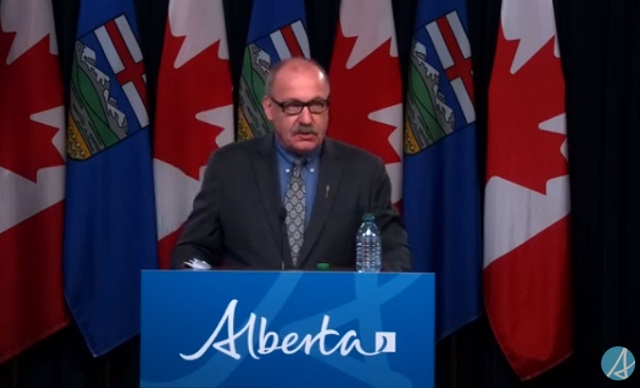
Strengthening Alberta’s local elections
Alberta’s government is introducing legislation to ensure Albertans can rely on transparent, free and fair elections, and municipally-elected officials have clearer accountability measures.
In a democratic society, Albertans expect their local elections to be free and fair, and their elected officials to be held to account by clear rules that govern their local councils. The Municipal Affairs Statutes Amendment Act proposes amendments to the Local Authorities Election Act (LAEA) and the Municipal Government Act (MGA) to add greater transparency to local election processes and ensure local councils and elected officials continue to remain accountable to the citizens who elected them.
“Our government is committed to strengthening Albertans’ trust in their local governments and the democratic process that elects local leaders. The changes we are making increase transparency for Alberta voters and provide surety their votes will be counted accurately. We know how important local democracy is to Albertans, and we will work with local authorities to protect and enhance the integrity of local elections.”
Local Authorities Election Act
Albertans expect free and fair elections and that’s why it’s important we strengthen the rules that govern local elections. To strengthen public trust in local elections, Alberta’s government will eliminate the use of electronic tabulators and other automated voting machines. All Albertans should be able to trust the methods and results of local elections; requiring all ballots to be counted by hand, clarifying rules and streamlining processes for scrutineers will provide voters greater assurance in the integrity of the results.
All eligible Albertans should be able to vote in local elections without impediment. Alberta’s government will limit the barriers for eligible voters to cast a ballot by expanding the use of special ballots. Currently, special ballots can only be requested for very specific reasons, including physical disability, absence from the municipality, or for municipal election workers. By expanding the use of special ballots, the government is encouraging more voter participation.
Amendments in the Municipal Affairs Statutes Amendment Act would increase transparency in local elections by enabling political parties at the local level. Political parties would be enabled in a pilot project for Edmonton and Calgary. The act will not require candidates to join a political party in order to run for a local or municipal office, but will create the opportunity to do so.
In addition, proposed changes to the Local Authorities Election Act would allow municipalities the option to require criminal record checks for local candidates, thus increasing transparency and trust in candidates who may go on to become elected officials.
Municipal Government Act
The role of an elected official is one with tremendous responsibility and expectations. Changes proposed to the Municipal Government Act (MGA) will strengthen the accountability of locally elected officials and councils. These include requiring mandatory orientation training for councillors, allowing elected officials to recuse themselves for real or perceived conflicts of interest without third-party review and requiring a councillor’s seat to become vacant upon disqualification.
If passed, the Municipal Affairs Statutes Amendment Act will also unlock new tools to build affordable and attainable housing across Alberta. Proposed amendments under the MGA would also create more options for municipalities to accelerate housing developments in their communities. Options include:
- Exempting non-profit, subsidized affordable housing from both municipal and education property taxes;
- Requiring municipalities to offer digital participation for public hearings about planning and development, and restricting municipalities from holding extra public hearings that are not already required by legislation; and
- Enabling municipalities to offer multi-year residential property tax exemptions.
Municipal Affairs will engage municipalities and other partners over the coming months to hear perspectives and gather feedback to help develop regulations.
Quick facts
- The LAEA establishes the framework for the conduct of elections in Alberta municipalities, school divisions, irrigation districts and Metis Settlements.
- The MGA establishes the rules governing the conduct of local elected officials once on council, as well as the overall administration and operation of municipal authorities in Alberta, including any policy those authorities may wish to implement.
Related information
-
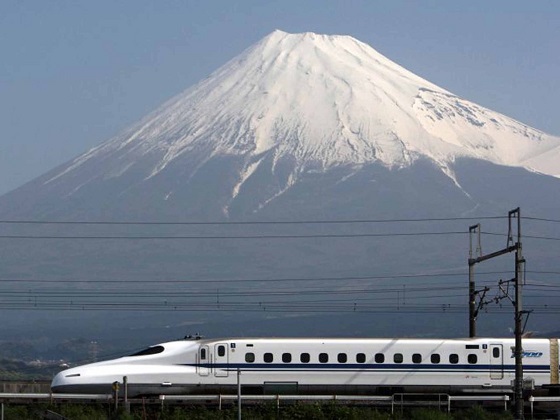
 Business1 day ago
Business1 day agoDon’t be fooled by high-speed rail
-

 Addictions1 day ago
Addictions1 day agoBritish Columbia should allow addicts to possess even more drugs, federal report suggests
-

 Business1 day ago
Business1 day agoUN plastics plans are unscientific and unrealistic
-

 Alberta1 day ago
Alberta1 day agoAlberta rejects unconstitutional cap on plastic production
-

 Also Interesting1 day ago
Also Interesting1 day agoIs the Anger Toward Fiat Currency Justified?
-

 Censorship Industrial Complex1 day ago
Censorship Industrial Complex1 day agoAustralian politicians attack Elon Musk for refusing to remove video of Orthodox bishop’s stabbing
-

 Alberta1 day ago
Alberta1 day agoActivity-Based Hospital Funding in Alberta: Insights from Quebec and Australia
-

 Fraser Institute1 day ago
Fraser Institute1 day agoCanadians should decide what to do with their money—not politicians and bureaucrats




